EN

There is a sweet that is reborn during the Sanjoaninas festivities, an old secret of the city that few know about - the Bolo de São João (St John's Cake). Created in the first half of the 20th century, it fell into oblivion until, about two decades ago, a group of professionals and confectioners, with the support of historian Hélder Pacheco and the association that represents the sector, decided to revive this tradition. Agenda Porto went to two patisseries in the city that produce this cake - Tavi and Doce Alto - to watch it being made and unveil the secrets of the recipe.
Very similar to the Bolo-Rei - which is believed to have inspired it - the Bolo de São João is ‘lighter, with less sugar and less candied fruit; it has more nuts, a lot of moisture and a very pleasant flavour’, they tell us at Confeitaria Tavi, in Foz do Douro.
José Paiva, pastry chef for over 50 years and head of Tavi, is one of the main driving forces behind this tradition. ‘The first year it was made, even on the eve of St John's Day, there were hostesses in Lisbon, at Gare do Oriente, and on the trains coming to Porto [they served passengers] a slice of St John's Cake,’ he recalls with a smile.
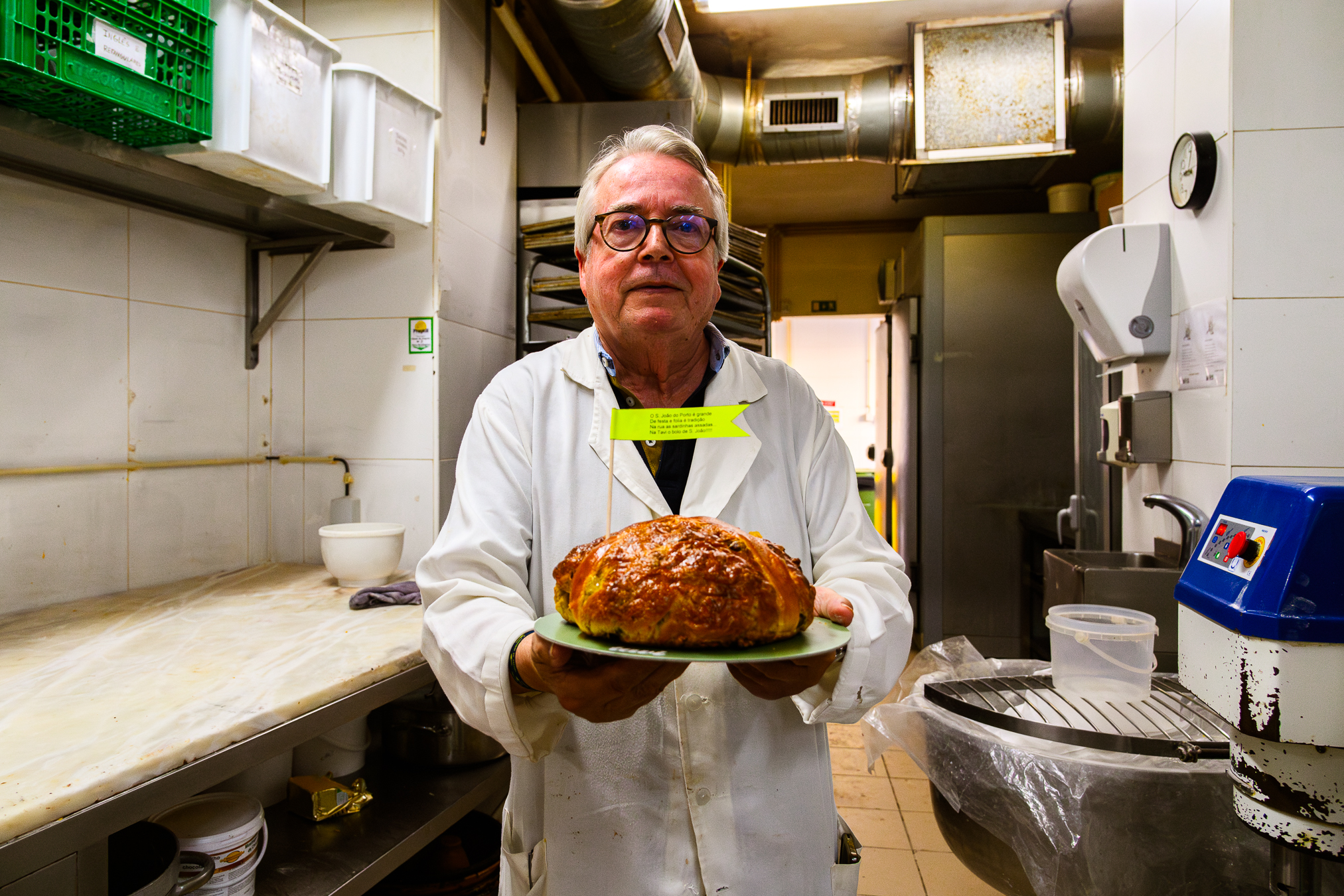
José Paiva, Tavi © Nuno Miguel Coelho

Bolo de São João da Tavi © Nuno Miguel Coelho
At Tavi, the recipe is based on a version with less sugar and a generous dose of dried fruit: walnuts, sultanas, chopped almonds, and the candied fruit is kept to a minimum.
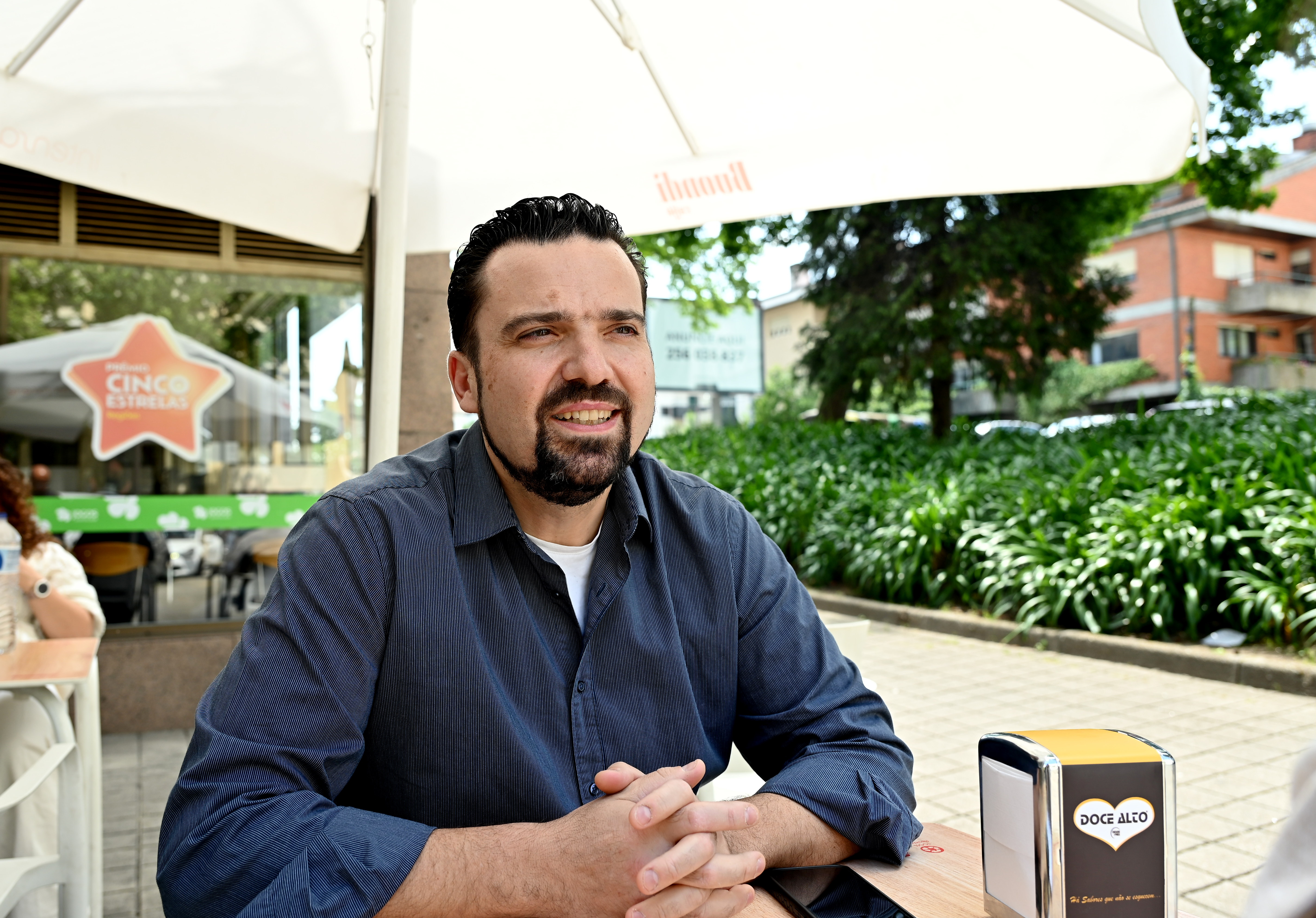
Sérgio Rodrigues © Rui Meireles
At Doce Alto, they've added a personal touch to tradition: pine nuts and candied cherries. The dough is left to rise for 24 hours before going into the oven, and is flavoured with a subtle combination of liqueur drinks that they say is part of the recipe's secret. ‘It's about respecting the legacy and then introducing a touch that sets us apart,’ says Sérgio Rodrigues, managing partner and son of the founder of Confeitaria Doce Alto in Costa Cabral.
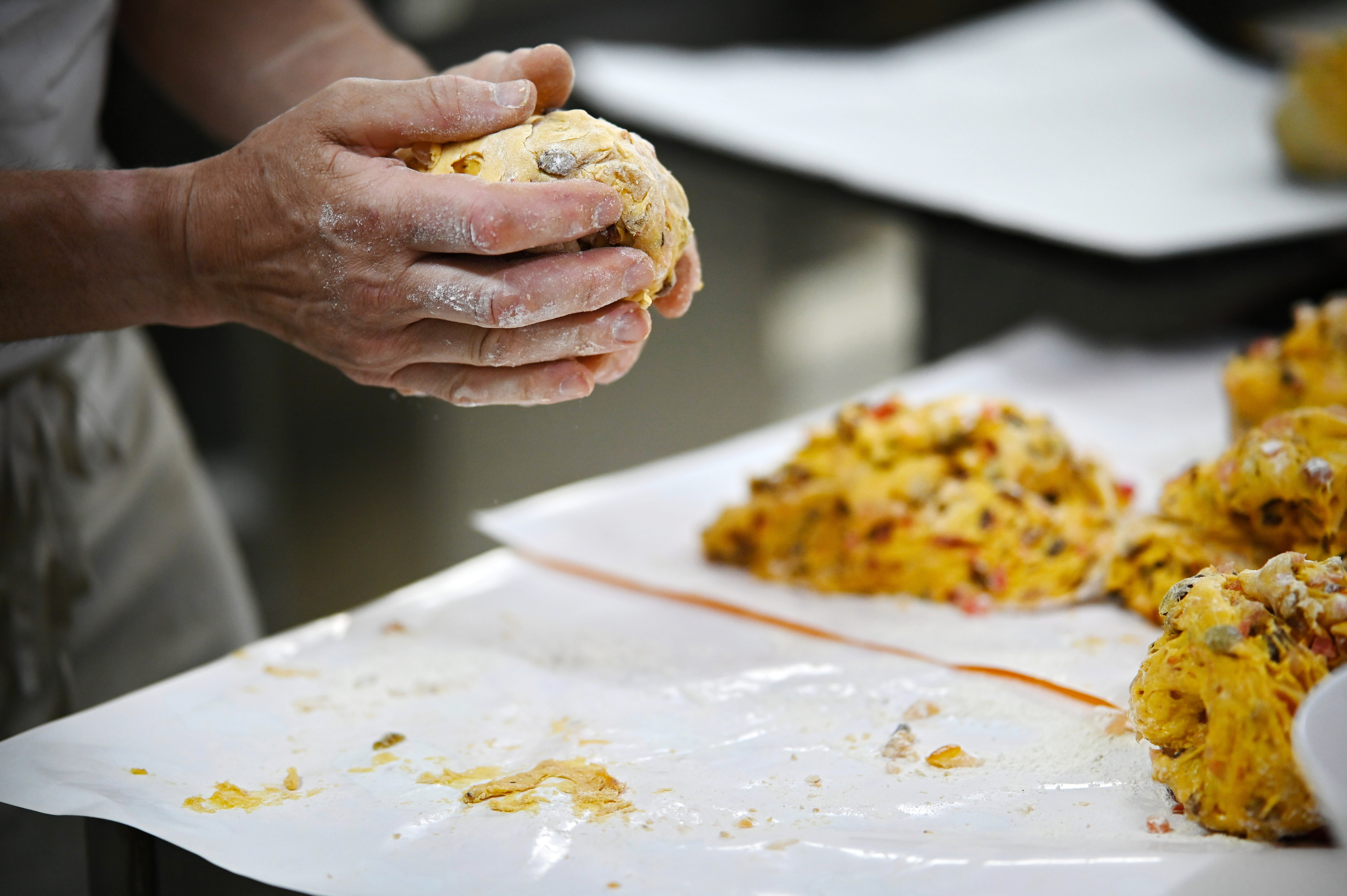
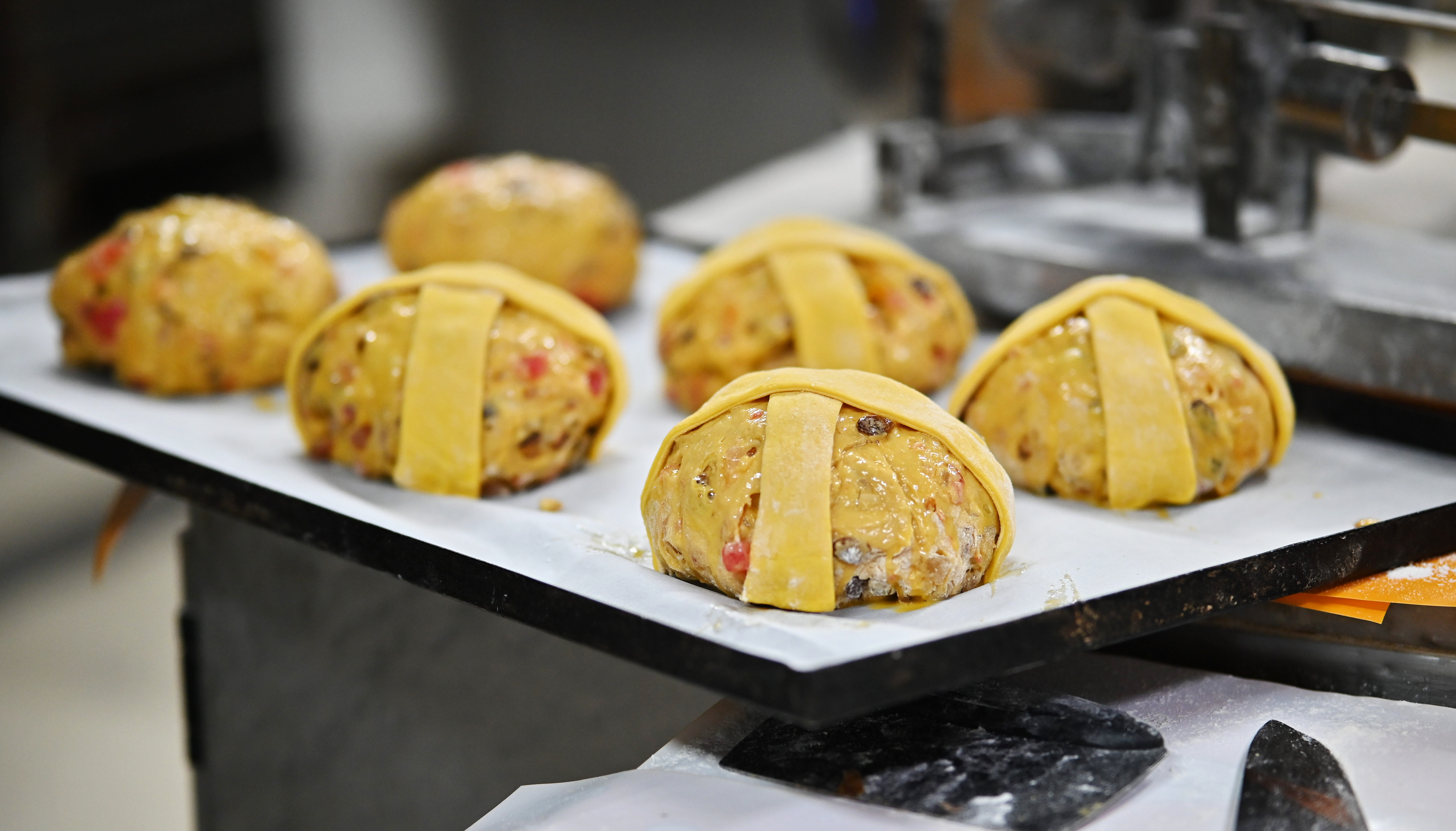
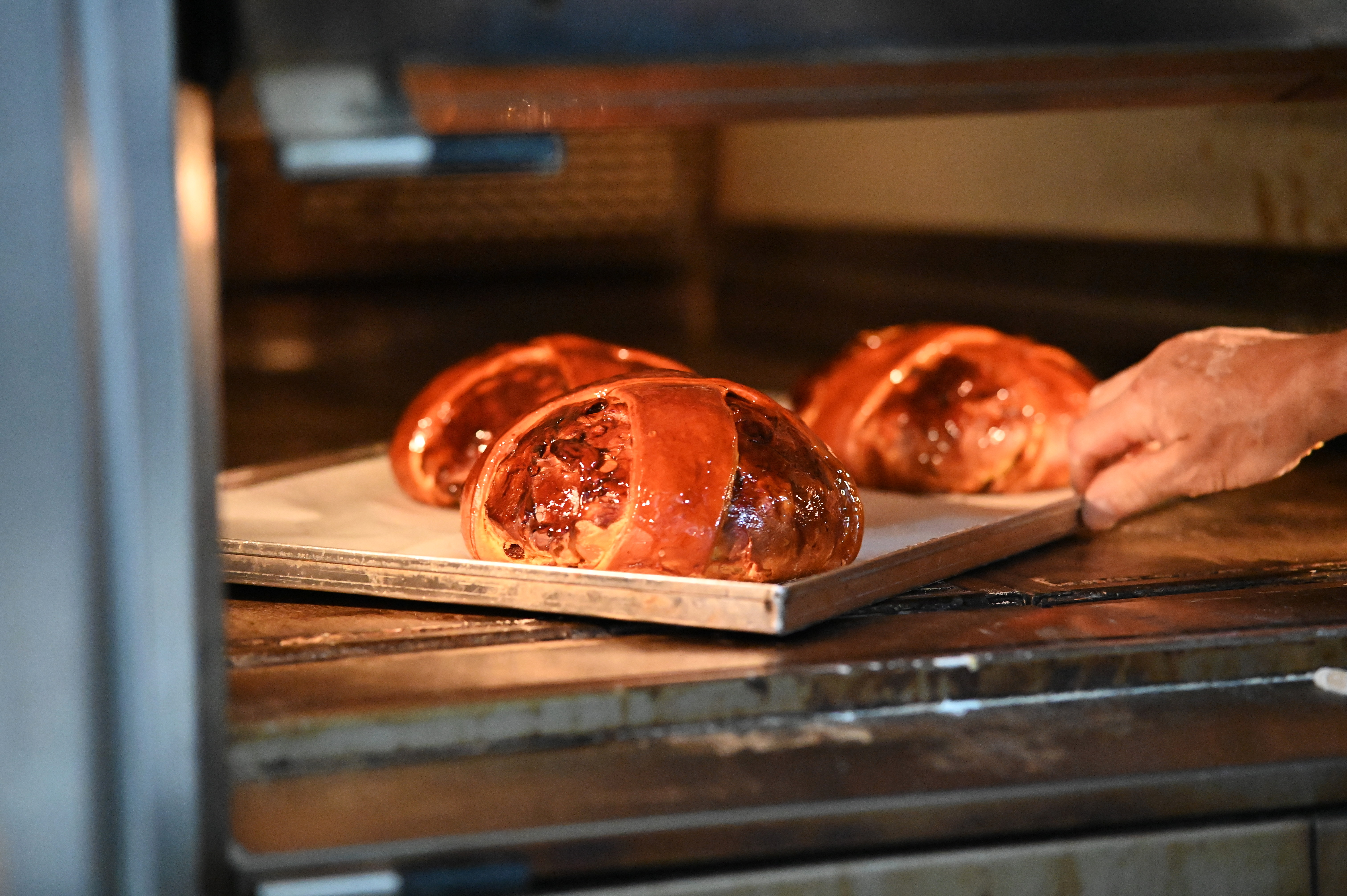
Confeção do Bolo de São João na Doce Alto © Rui Meireles
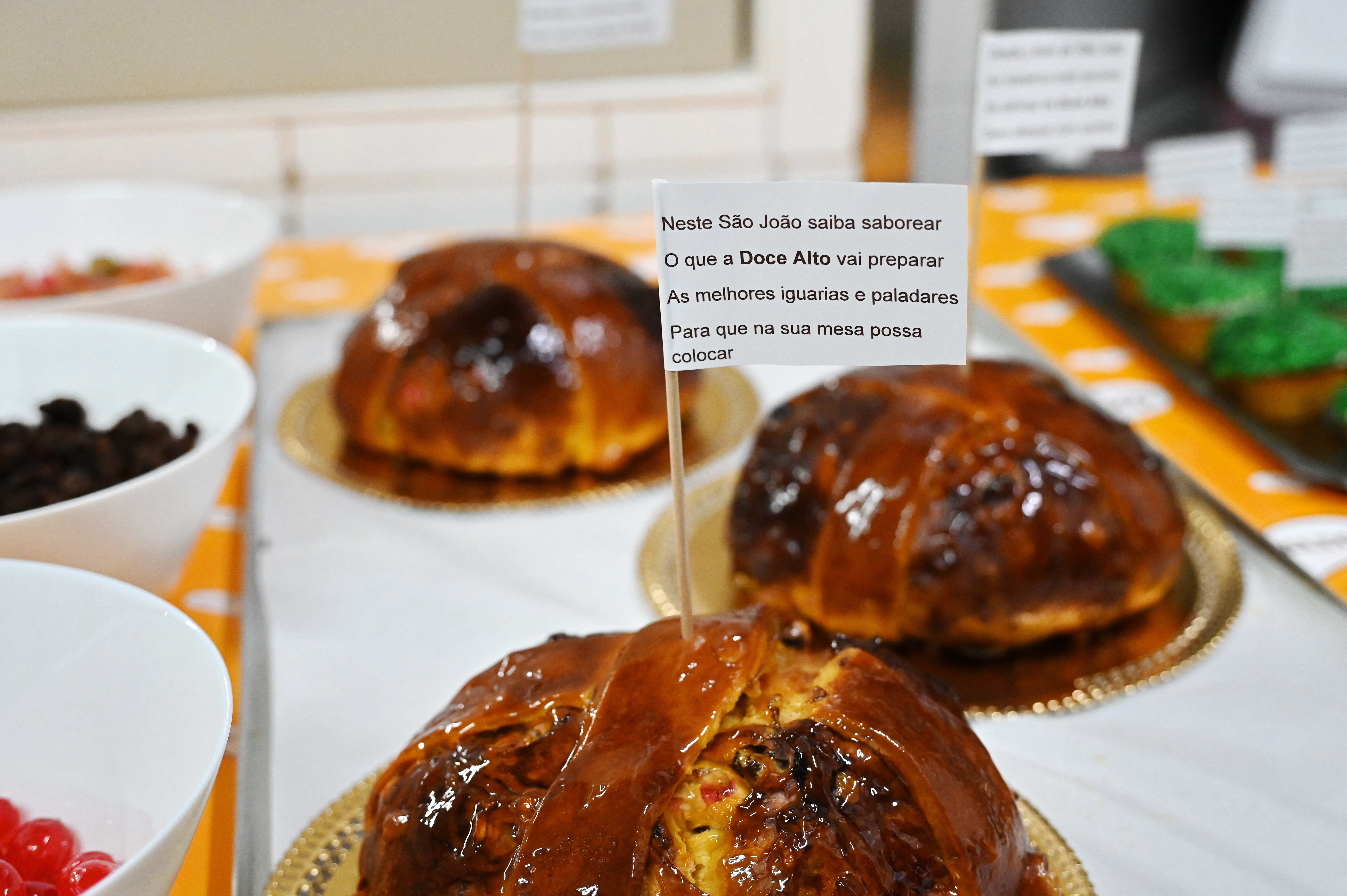
Bolo de São João da Doce Alto © Rui Meireles
As tradition dictates, the cake is accompanied by a flag with a Sanjoanina square on it. And at both Doce Alto and Tavi, this detail has not been forgotten. In fact, at Doce Alto, the blocks are personalised and can even be adapted, for example, for customers who want to dedicate a cake to their family or for companies that want to surprise their employees at this time of year.
And if Porto doesn't have a sweet that's truly its own - something that even some of the city's pastry chefs recognise with amazement - perhaps this is a good opportunity. ‘Porto doesn't have a typical sweet, I've looked and I can't find it,’ says Luís Paiva, José Paiva's son. And he leaves the challenge: ‘Maybe it's time we seized this opportunity and changed that.’
June cake
During the month of June, Tavi and Doce Alto have the cake available - but for those who want to guarantee their cake, it's best to order. Demand has been growing in the days leading up to the festivities and, as they told us at Doce Alto, this year they will close orders on 20 June. Both confectionery shops start producing it at the beginning of June and sometimes extend production until the end of the month.
Whether you're taking it home or giving it away at an arraial, Bolo de São João can be part of the festivities and goes well with a sardinhada on St John's night. ‘It lasts for two or three days in excellent condition, and after that, it's good toasted, with or without butter,’ suggests Sérgio Rodrigues, from Doce Alto.
Share
FB
X
WA
LINK
Relacionados


